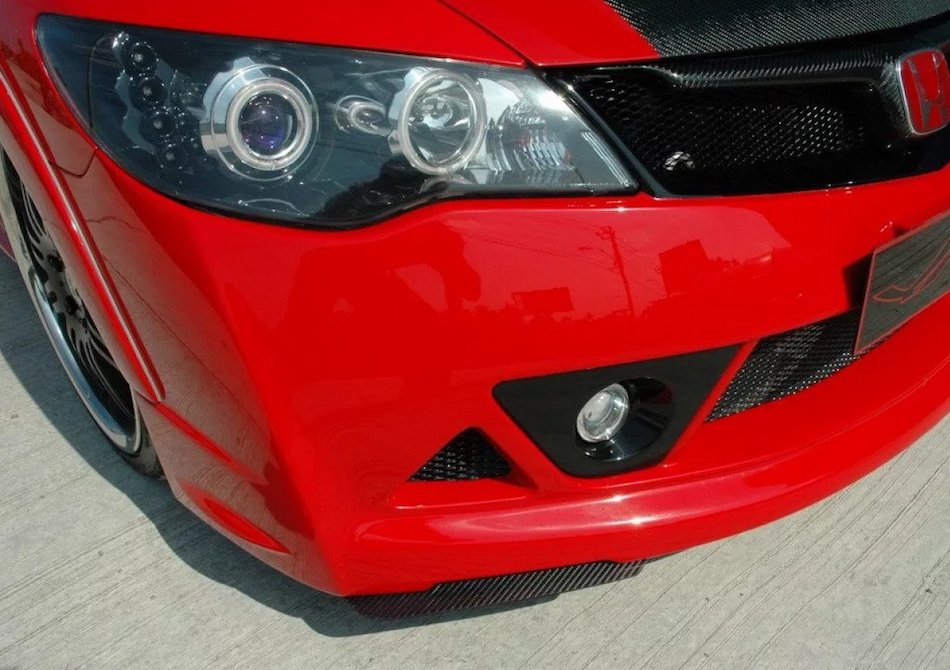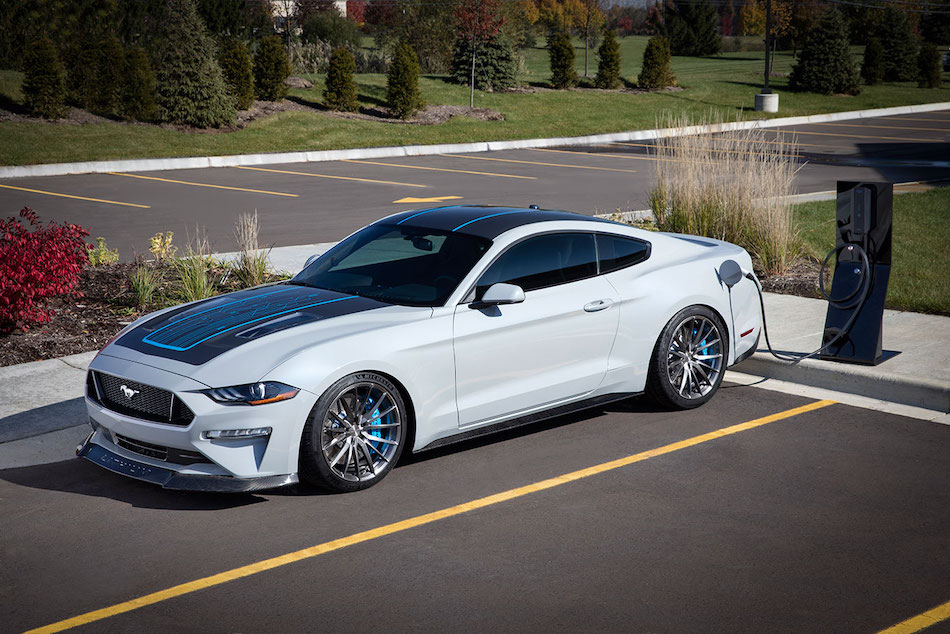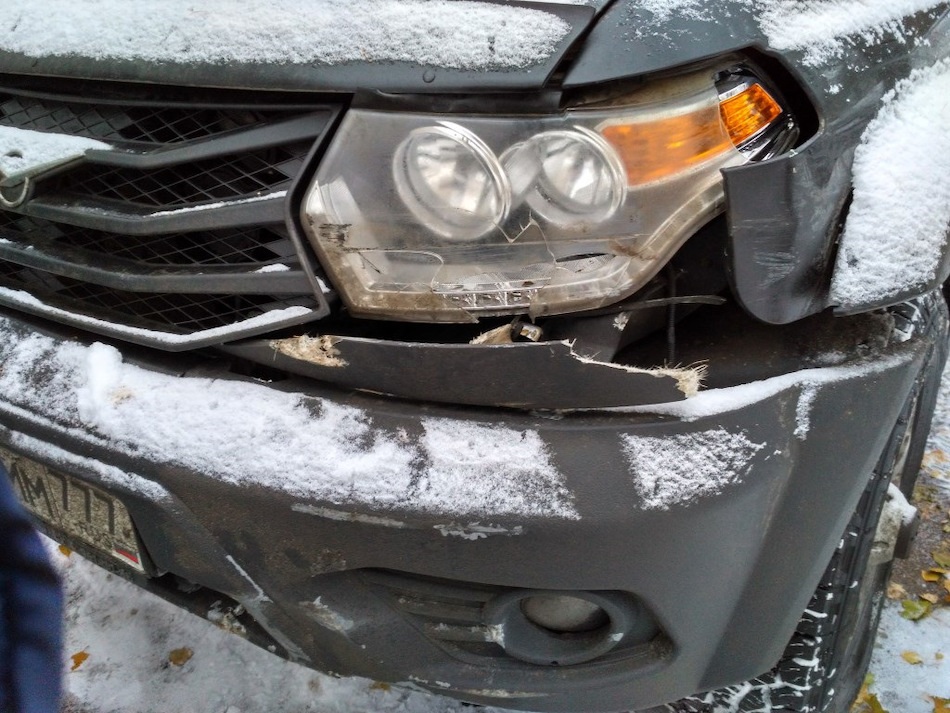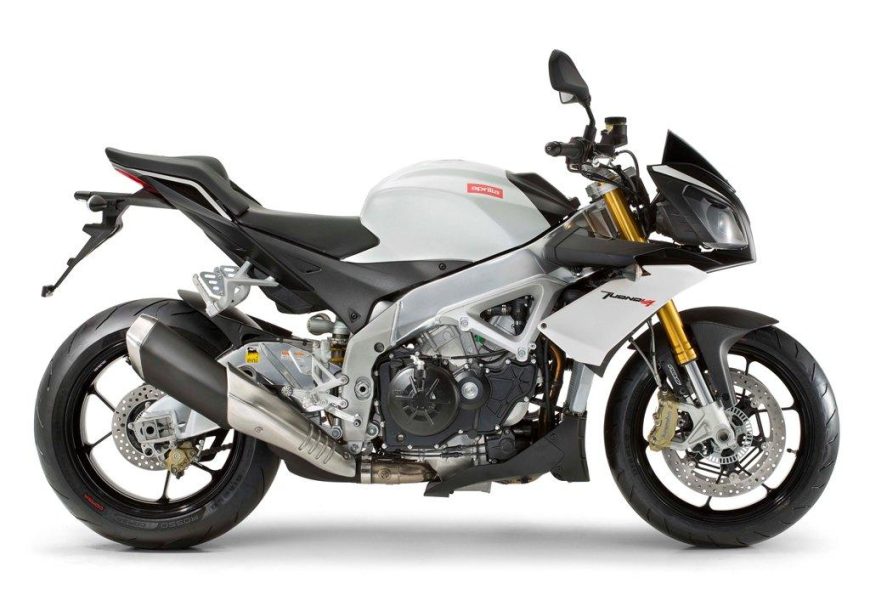
What are car bumpers made of: how to determine the material yourself
Content
Relatively rarely, thermosetting materials are used as plastic for a bumper on a car. They cannot be stretched or dissolved. Of these, mainly consumables are made, located in the engine compartment next to the engine.
When self-repairing body parts damaged as a result of accidents or long-term operation of vehicles, the question becomes relevant for owners: what plastic are car bumpers made of. This will be needed during repair operations, restoring body parts with your own hands.
The materials from which car bumpers are made
Modern car models are equipped with cheap plastic bumpers. Such body kits do not suffer from rust, they more effectively absorb shocks.

Durable plastic bumper
Machine manufacturers use thermo- and thermoset plastics.
The first are distinguished by the fact that under the influence of high temperature they begin to melt. The latter are not subject to this, that is, they do not change their state from heating.
A more suitable material from which car bumpers are made is thermoplastic, which melts easily, which allows the driver to repair the body kit if there are signs of damage or natural wear. The treated areas harden again after cooling.
Sometimes the material of a car bumper is a mixture of plastics. When combining different types of plastics, a new, much stronger and tougher composite substance is obtained, from which bumpers are made on cars. In order to update the appearance of the vehicle, motorists often tune body kits: both front and rear. The top skill in changing the appearance of the car is the independent production of a plastic bumper for a car. This can be done using popular materials.
Polycarbonate
Polycarbonate is a substance that has no analogues among known thermoplastics. The material is completely unaffected by weather conditions. Its main property is high frost resistance. Other qualities:
- strength;
- flexibility;
- ease;
- fire resistance;
- durability.

Polycarbonate bumper
Polycarbonate has high thermal insulation properties, while the maximum operating temperature is from -40 to 120 degrees Celsius.
fiberglass
Fiberglass refers to composite materials. It is easy to process, resistant to temperature extremes. It is fiberglass impregnated with resin. It has great rigidity, which affects the ease of installation and durability in operation: hitting a curb or lightly touching the fence destroys a fragile part of the body kit. At the same time, a technology suitable for this particular composite should be applied for repair. In some cases, the part must be glued, in others it must be welded.

Fiberglass bumper
A damaged fiberglass body element can be repaired as follows:
- clean and rinse the surface;
- process the edges of the cracks with the removal of protruding threads of the material with a grinder;
- dock the elements together and fix them with glue;
- apply polyester resin to the crack;
- lay the fiberglass impregnated with glue on the break;
- after cooling, grind;
- putty the treated area, degrease, prime in a couple of layers;
- paint over.
After repair, it is recommended not to wash the car in high pressure washes for a couple of weeks.
Polypropylene
This type of plastic, referred to as "PP", is the most common plastic for the manufacture of car bumpers - it has high wear resistance, strength and is the best suited for the production of new body kits for cars.

Polypropylene bumper
Products made from this elastic material absorb shocks: people's legs will suffer minimal damage when hit. Plastic has poor adhesion to other materials.
How to determine what a car bumper is made of
In order to properly repair a damaged body kit, you should know what kind of car bumper material you have to deal with. To do this, find the lettering on the back of the plastic part.
There may or may not be a code on the product. In such cases, perform the following test to identify plastic.
Cut a narrow strip from an inconspicuous place. Clean it from paint, dirt. Place the resulting "bare" plastic in a container of water. If the cut off fragment does not go to the bottom, then you have a thermoplastic (PE, PP, + EPDM) - the substance from which most body kits are made. These plastics will float on the surface of the water since their density is usually less than one. Materials with other characteristics sink in water.
Another way to determine belonging to a particular type of plastic is a fire test. Assess the flame size, color and type of smoke. So, polypropylene burns with a blue flame, and the smoke has a sharp, sweet smell. Polyvinyl chloride has a smoky flame; when burned, a black, coal-like substance is formed. The test does not give accurate results due to the fact that the material consists of various additives.

